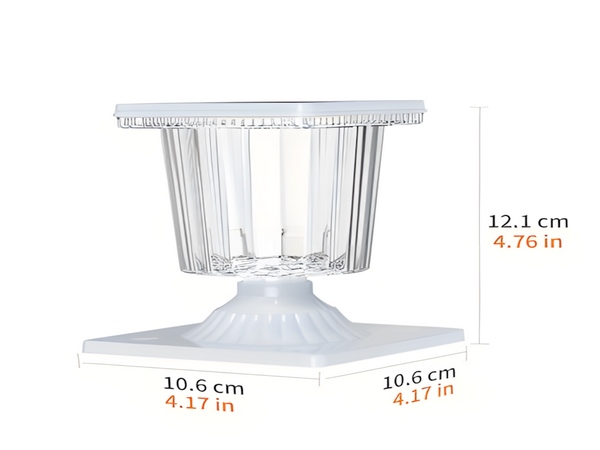
In recent years, there has been a continuous promotion of knowledge regarding solar energy in society, and the application of solar street lights has become widespread. Solar street lights do not require the installation of cables and do not utilize conventional electricity; instead, they convert solar energy into electrical energy. With a long lifespan, these advantages have led to an increasing number of cities opting for solar street lights. What are the components of a solar street lighting system? Here, we will provide an introduction.

The system consists of several parts including solar panel components (with brackets), LED lamp heads, solar lighting controllers, batteries (including battery insulation boxes), and lamp poles.

Solar panel components are generally made from monocrystalline or polycrystalline solar cells. LED lamp heads typically use high-power LED light sources. Controllers are usually placed inside the lamp pole and feature light control, time control, overcharge/discharge protection, and reverse connection protection. More advanced controllers may also possess functions for seasonal light time adjustments, half-power mode, and intelligent charge/discharge capabilities.
Batteries are typically placed underground or in specialized insulated battery boxes and can include valve-regulated lead-acid batteries, gel batteries, iron-aluminum batteries, or lithium batteries.
Solar street lights operate fully automatically and do not require trenching for wiring; however, the lamp poles must be installed on embedded components (concrete bases).
This concludes our overview of the components of solar street lights. The key parts used in solar street lights, such as solar panels, intelligent controllers, maintenance-free batteries, and lighting fixtures, have all been certified by relevant authorities including the National Development and Reform Commission, GEF, and the World Bank for photovoltaic products. They are primarily suitable for lighting in places such as urban roads, community squares, industrial parks, tourist attractions, and park green belts.



